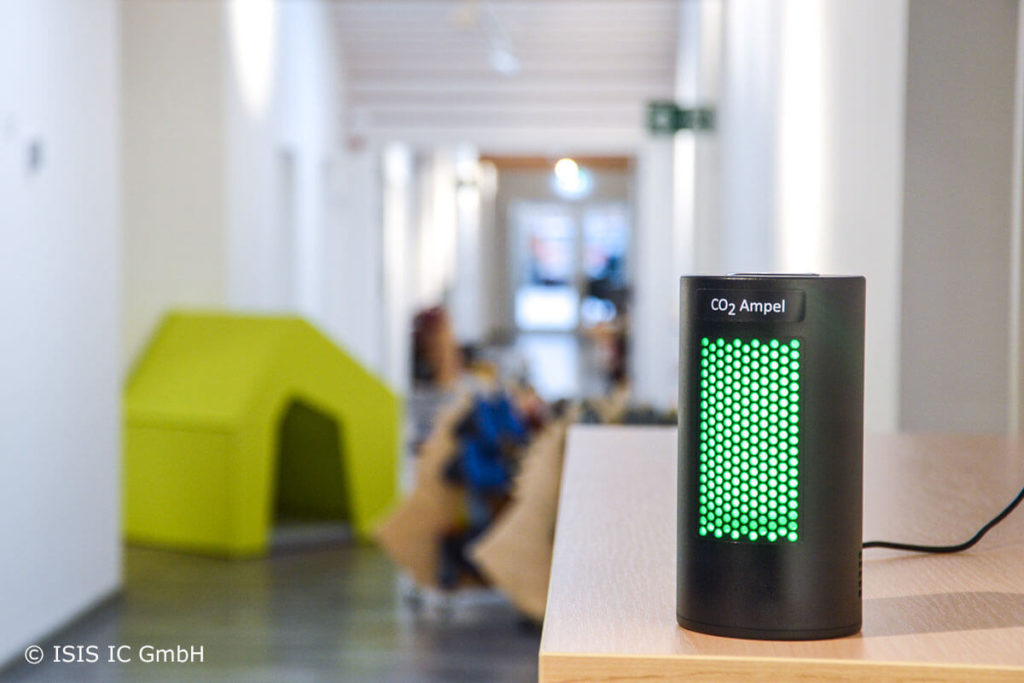
Improve infection protection in the kindergarten
Crafting, building, singing, baking and romping around: In day-care centres, things are happy, wild and colourful every day. Most of all, the little bundles of joy look forward to meeting all of their friends and playing together. A wonderful picture when the little adventurers romp around and forget the time during play!
In times of the corona pandemic, pictures of children playing in a confined space are unfortunately always accompanied by the fear of infection with the virus. The more children come together in a small space, the greater the risk that the little ones - and this naturally also applies to educators and parents - become infected with the SARS-CoV2 coronavirus via aerosols. That is why science has long debated whether kindergartens and day-care centres could be possible hotspots in which the virus can spread uncontrollably. Precisely because social distancing rules for infection protection cannot be adhered to in a day-care centre.
As part of the lockdown, many kindergartens and day-care centres are closed as well or switch to emergency operation. This is a tough burden for many children and their families.
No hygiene concept without ventilation
Ventilation aims to reduce the CO2 concentration in the room - and thus also the concentration of aerosols and the risk of infection. At the same time, of course, it shouldn't be too cold in day-care centres. It is therefore imperative to ventilate effectively and at the right time. Rigid ventilation rules are based on assumptions and neglecting factors that have a direct impact on the CO2 concentration - such as the size of the room, the number or activity of people. Ventilation rules that were applied without reflection often do not bring about a better room climate, but instead freezing children and educators.

CO2 monitoring protects children and educators
At this point, the CO2 monitor comes into play. The measurement device permanently measures the CO2 concentration in the room, which is a recognised indicator for the aerosol concentration. If the “breathing” sensor lights up red, then the CO2 content in the room is too high so it is vital to ventilate. The yellow colour indicates that caution is required. Green indicates that there is no danger. No child or educator has to freeze unnecessarily. Above that, at least as important is the psychological effect. The green CO2 "traffic light" signals safety and builds trust - for the children, for the educators and, last but not least, for the parents. And this feeling of security cannot be replaced by anything, especially in times of the corona pandemic.
Infection protection has never been such a big issue in day-care centres as in times of the corona pandemic. Many regulations control measures that must be taken to facilities to prevent the spread of infectious diseases in general and Corona in particular. Every employee is instructed which measures to take and how to implement them.
In the summer half-year, it is comparatively easy to implement infection protection in kindergarten. Taking play outside and spending the day in the fresh air not only makes it more fun for the children, but it also reduces the risk of infection. But what is the solution for dealing with contagious diseases such as Corona in the autumn and winter months? If the season and weather do not allow the children to play outside and have to spend most of the day in the group room, in practice it only helps to ventilate this rooms regularly and efficiently.
